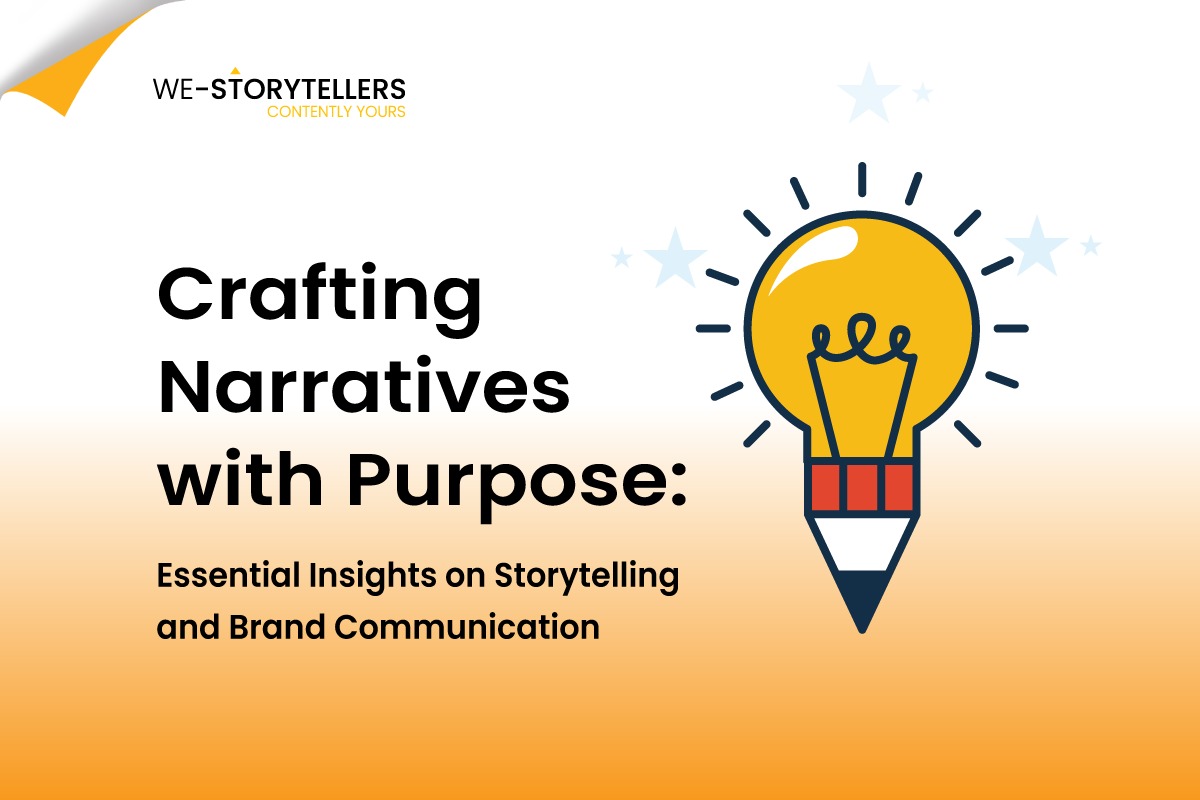A published author, TEDx speaker and branding expert, Kiran has shaped nearly 400 brands, both global and local, and has created over 50 from scratch. His influence extends to his pivotal role as chairman of the ACSAC Committee under the Unique Identification Authority of India in 2010, where he played a key role in crafting the brand identity for India’s digital landscape.
Kiran also brought the IFSC Bouldering World Cup to India and has been a valuable advisor to NGOs like Arpan and Protsahan, demonstrating his dedication to driving change across diverse fields. With his expertise spanning branding, education, literature, and social advocacy, he is a true catalyst for transformation. In our conversation with him, he shares his insights on the evolution of brand communication and the essential role of storytelling in today’s market.
Q1: How did you come up with the name “Chlorophyll” for your brand consultancy?
Kiran: When I decided to start Chlorophyll in 1999, I wanted it to reflect the values we stood for—efficiency, creativity, and humility. Chlorophyll, a highly efficient molecule that drives photosynthesis, symbolizes these values perfectly. It’s efficient, creative, and doesn’t draw attention to itself, much like the ethos of our consultancy. This foundation has also been instrumental in shaping our approach to content management, ensuring that every piece we develop aligns with our core values.
Q2: In today’s era, storytelling has become a critical part of brand communication. Why do you think that is?
Kiran: Storytelling is crucial because today’s consumers want to connect with brands that have a higher purpose. It’s not just about selling a product but inspiring your audience. The storytelling element lies in how you communicate your values, your mission, and your impact. But it must be fact-based—consumers are quick to spot inconsistencies, and that can be detrimental to a brand’s reputation. In content marketing, storytelling is the backbone that drives engagement and builds trust.
Q3: Can you give an example of a brand that embodies fact-based storytelling?
Kiran: Patagonia is a prime example. They’re committed to sustainability, asking customers not to buy their products unless necessary. They encourage reducing consumption, reusing, and recycling. Their business model and communication are deeply rooted in authenticity and sustainability, making them a poster child for modern, responsible branding. This approach is a hallmark of successful content marketing, where every message is aligned with the brand’s core values.
Q4: How does storytelling play a role in content marketing and brand communication?
Kiran: Storytelling is now at the heart of content marketing and brand communication. It’s no longer just about advertising but about creating a narrative that inspires and engages. Effective storytelling involves aligning brand values with consumer expectations and providing genuine, fact-based content. Brands like Patagonia and Allbirds exemplify how storytelling can drive ethical practices and connect with consumers on a deeper level.
Q5: In what ways has brand communication evolved over the years, especially concerning content management?
Kiran: The landscape of brand communication has undergone a tectonic shift. Previously, communication was a one-way street from brand to consumer. Today, content management involves a two-way dialogue facilitated by social media. Brands now must navigate peer reviews and social interactions that influence their reputation. The rise of sustainability and ethical practices has also become central to brand storytelling, requiring a more holistic approach to content marketing.
Q6: In today’s digital age, language and communication have evolved significantly. How do you see this impacting content marketing?
Kiran: The evolution of language has significantly impacted content marketing. While simplicity has become a trend, the essence of effective communication lies in respect and authenticity. In content marketing, it’s crucial to maintain a balance between simplicity and respect for the audience. Brands must ensure that their content resonates with their audience and reflects genuine values. The shift towards transparency and factual storytelling in brand communication is a response to this demand for authenticity.


